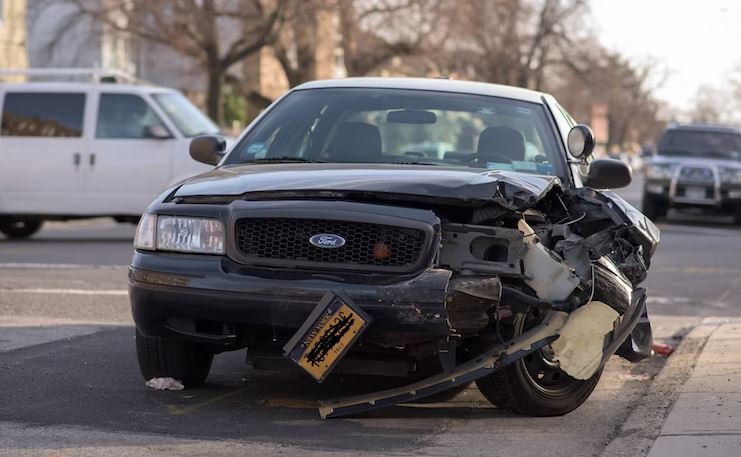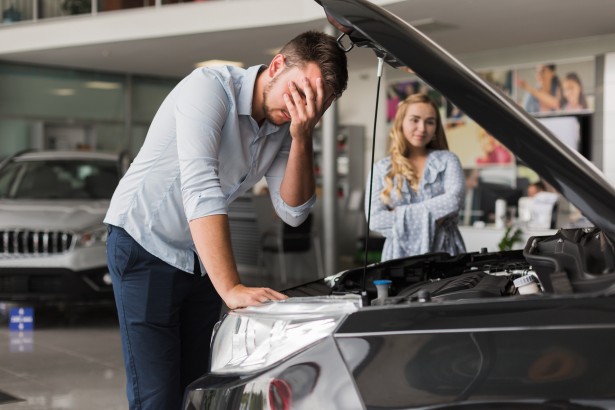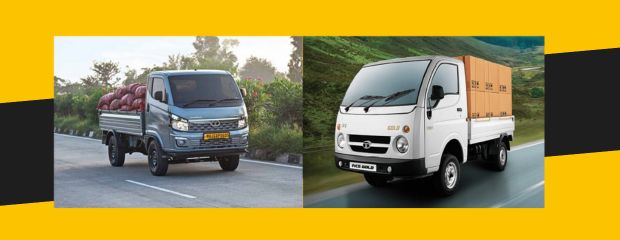Car wrecking, often referred to as auto dismantling or vehicle recycling, might seem like a straightforward process – crushing a car and separating its parts. But there’s more to it than meets the eye. It’s a meticulous art form that requires knowledge, skill, and the right equipment to ensure safety, efficiency, and environmental responsibility. That article is created by Car Wrecker Adelaide.
Why Car Wrecking is an Art
Car wrecking isn’t just about brute force. It’s about strategically dismantling a vehicle to maximize the recovery of valuable materials like steel, aluminum, copper, rubber, and fluids. This meticulous process helps:
- Protect the Environment: Recycling car parts reduces the need to mine virgin resources, leading to a lower environmental footprint.
- Conserve Resources: Reusing existing materials conserves natural resources and reduces energy consumption compared to manufacturing new parts.
- Offer Second Life to Parts: Many car parts, like engines, transmissions, and body panels, can be refurbished and used in other vehicles, extending their lifespan.
The Delicate Dance of Demolition: Techniques Used in Car Wrecking
Car wreckers employ a variety of techniques to dismantle vehicles efficiently and safely. Here’s a breakdown of some key methods:
- Draining Fluids: Before any dismantling begins, all fluids like oil, coolant, and brake fluid are carefully drained and stored for proper disposal to prevent environmental contamination.
- Battery Removal: Car batteries contain hazardous materials like lead and sulfuric acid. Trained professionals remove them for safe recycling.
- Airbag Deactivation: Airbags pose a safety risk if not handled properly. Wreckers employ specialized tools to deactivate them before further dismantling.
- Manual Dismantling: Skilled technicians remove valuable parts like engines, transmissions, doors, and seats for reuse or refurbishment.
- Shearing and Crushing: The remaining car body is fed into large shearing machines that cut it into manageable pieces. These pieces are then crushed into even smaller chunks for easier sorting and material separation.
- Material Separation: Powerful magnets separate ferrous metals (steel) from non-ferrous metals (aluminum, copper) using magnetic attraction. Other sorting techniques isolate rubber, plastic, and glass components.
Car Wrecking vs. Junkyard Dumping: Understanding the Difference
While car wrecking and junkyard dumping might seem similar on the surface, there’s a crucial distinction:
Finding the Right Car Wrecker: What to Consider
If you’re looking to dispose of your old car responsibly, choosing the right car wrecker is essential. Here are some factors to keep in mind:
- Licensing and Permits: Ensure the wrecker has the proper licenses and permits for dismantling vehicles and handling hazardous materials.
- Reputation: Look for a wrecker with a positive reputation in your area. Read online reviews and ask for recommendations.
- Services Offered: Choose a wrecker that offers services like free towing and on-site pick-up.
- Pricing Transparency: Get quotes from several wreckers and compare their pricing structures. Some wreckers pay a flat fee, while others offer a price based on the weight of the car or the value of recoverable parts.
- Environmental Practices: Inquire about the wrecker’s commitment to environmentally responsible car disposal.
FAQs about Car Wrecking
Here are some frequently asked questions about car wrecking:
- What documents do I need to provide when getting rid of my car? You’ll typically need the car’s title and proof of ownership.
- Can I sell some parts of my car before wrecking? Yes, you can sell certain parts like the engine, transmission, or wheels to salvage yards before getting the car wrecked.
- What happens to the fluids drained from my car? Reputable wreckers will collect and dispose of fluids responsibly at designated hazardous waste facilities.
- How long does the car wrecking process take? The timeframe can vary depending on the size and condition of the car, but it usually takes a few days from pick-up to final processing.
- Is car wrecking safe? Reputable car wreckers prioritize safety by employing trained personnel, utilizing proper equipment, and following strict safety protocols.
visit: https://adcash4cars.com.au/
By understanding the art of car wrecking, you can ensure your unwanted vehicle is dismantled responsibly, with its valuable parts given a second life.




